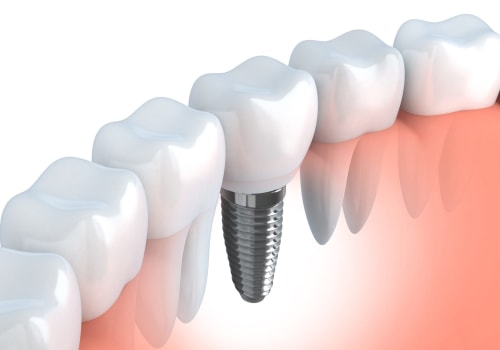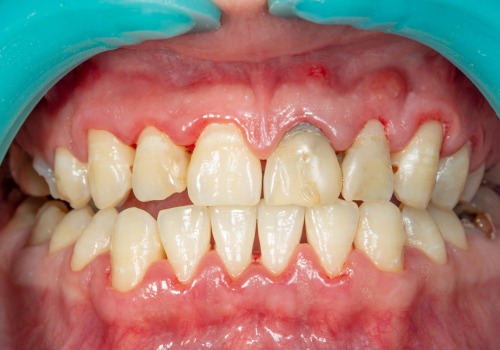Periodontal treatments and procedures are essential for maintaining healthy teeth and gums. Non-surgical periodontal treatment is the most common type of periodontal procedure. Exposed dental roots, which are caused by gum recession, can be treated with gum graft surgery. During this procedure, the periodontist removes gum tissue from the palate or from another donor source to cover the exposed root.
Gum graft surgery can be done on one or multiple teeth and can help reduce tooth sensitivity and improve the aesthetics of your smile. Scraping and root smoothing is another non-invasive method to reduce gum infection. The dentist lifts the gums and sticks his hand inside the gum lines to remove tartar and bacterial toxins. After that, they will apply antibiotics to leave the gums smooth and disinfected.
Most patients only need to scrape and smooth the roots to reverse the symptoms of simple gum diseases, such as gingivitis. However, if symptoms persist, the patient needs maintenance therapy or other periodontal procedures. An innovation that emerged from conventional scraping and root smoothing therapy is laser-assisted periodontal treatment. This technology uses a pointed laser hand tool that dentists use to remove diseased tissues that cause gum infection.
Its precision provides painless treatment and quick healing for the patient. Bone damage is one of the causes of serious gum infection. At this stage, a simple periodontal process can no longer reverse the problem. However, with the regeneration procedure, you can still save the bone and the affected tooth.
Treatment involves the use of tissue-stimulating proteins to naturally restore bone and tissue health. A gummy smile is a dental condition in which the gums overlap the teeth, making them appear smaller. To correct this, the dentist lengthens the dental crown by removing excess parts of the gum tissues to expose more teeth. Usually, patients come to such a procedure to get a cosmetic solution.
Sometimes dentists do this to restore a decayed part of the tooth that is blocked by the gums. To avoid serious gum disease leading to tooth loss, dental implants and a crown can be used to restore a fully functional prosthetic tooth. Dental implants are screw-shaped posts made of metal that are deeply attached to the jaw to provide a solid base for the new tooth. It needs an incision in the gums before accessing the bones and then it closes the gums completely.
This process allows time for fusion of the post with bone and tissue. Periodontal surgery is an advanced treatment that is often prescribed for severe cases of periodontal gum disease. There are three different types of periodontal surgery: gingival flap surgery, mucogingival surgery, and bone surgery. Gingival flap surgery, also known as gum lift surgery, recontours the gums to improve the appearance of the smile. When a patient comes in for a gum problem, the dentist or periodontist initially performs a periodontal exam. If you only have receding gums, you have more than one periodontal surgery treatment option available.
Because they receive three years of specialized training after dental school, periodontists are experts in gum surgery and are trained to administer appropriate comfort measures, such as sedation or anesthesia during treatment. If your dentist has detected periodontal disease, several periodontal treatments are available to help manage and control it. Chronic periodontitis is not reversible but it can be stabilized with oral care and periodontal treatment such as desquamation, root planning and laser therapy or with gum grafting surgery and pocket reduction surgery. Finally, bone surgery such as mucogingival surgery is a form of advanced treatment for periodontal disease that focuses on treating destruction caused by periodontal gum disease based on assumption that periodontal gum disease will resolve if bone and gums have same contour. The type of periodontal treatment and number of sessions vary depending on severity of disease. Without treatment for gum disease, it can have harmful health consequences in men and women alike. Sometimes this combination is done instead of surgery if gum disease hasn't progressed to periodontitis. If you need periodontal treatment services in Howard County contact Columbia Smiles today. During a periodontal pocket procedure, the periodontist bends back gum tissue and removes disease-causing bacteria before fixing tissue in place.








